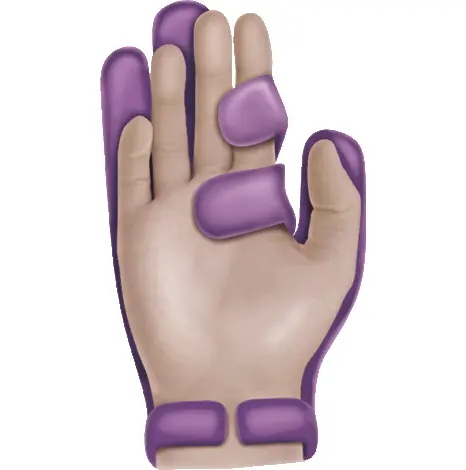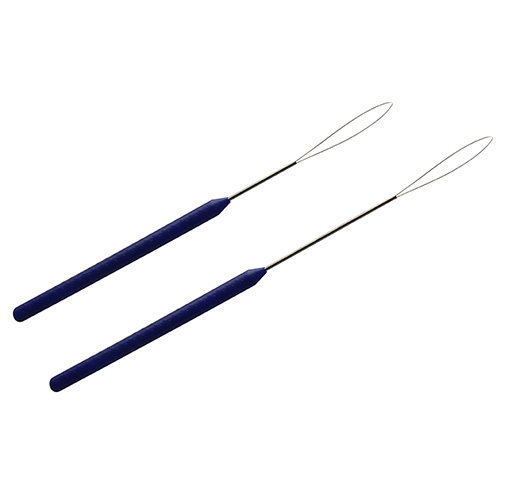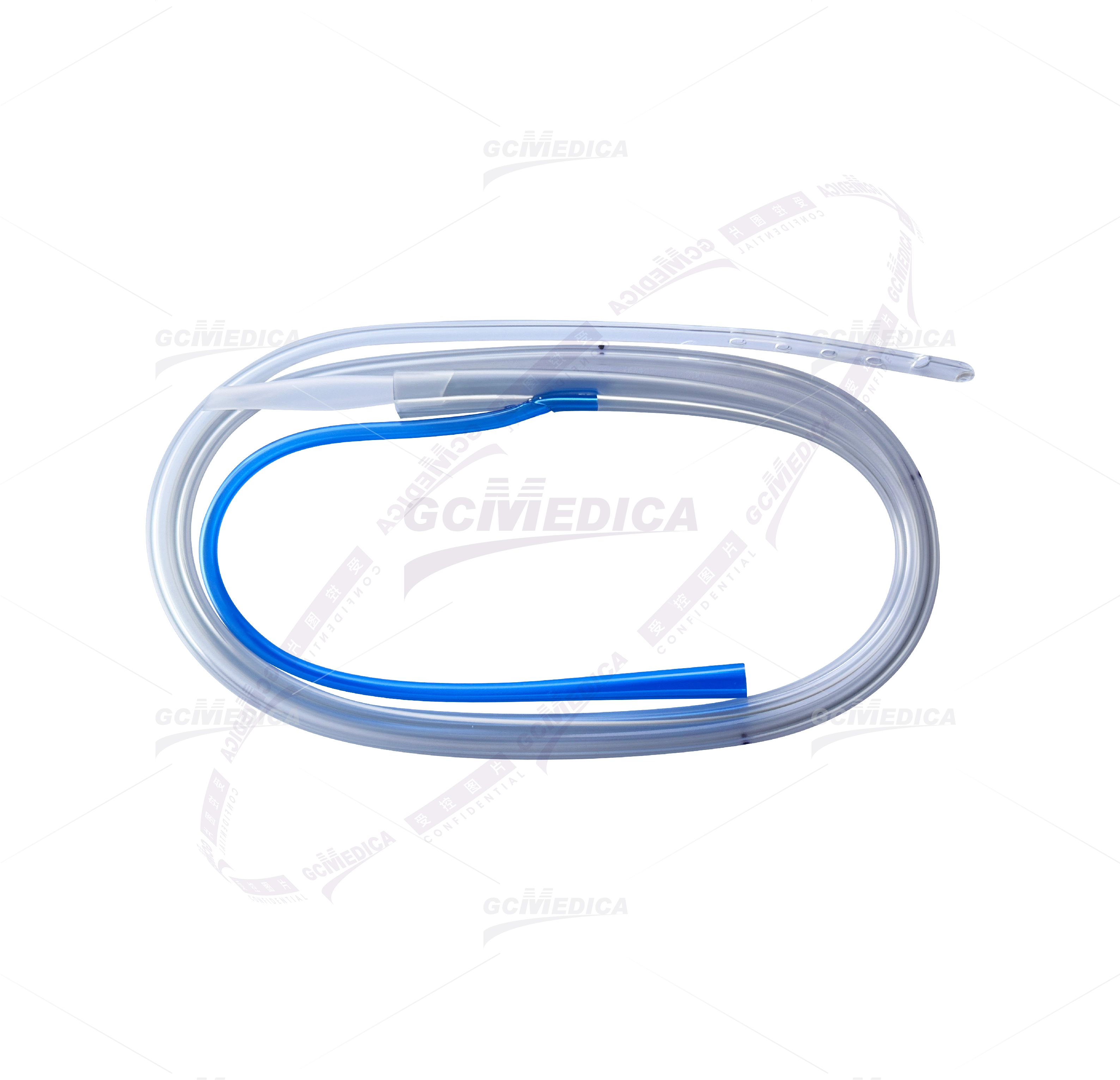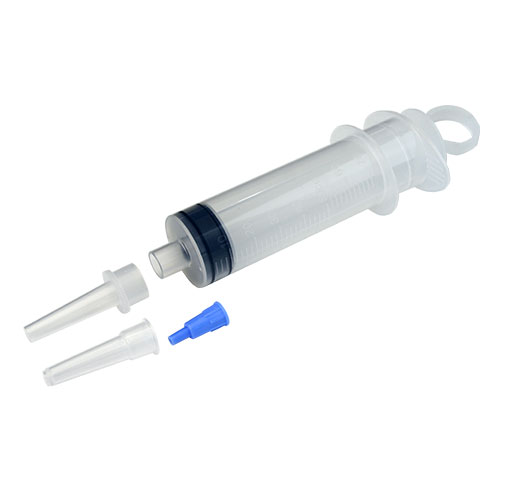- Laparoscopic & Endoscopic Products
-
Respiratory & Anesthesia
-
Oxygen Therapy
- Capnography Mask
- CO₂ Nasal Oxygen Cannula
- Elastic Head Strap Cannula
- Oxygen Mask with Swivel Connector
- Multi-vent Mask
- Non-rebreathing Mask
- Oxygen Mask with Adjustable Nose Clip
- Venturi Mask
- Nebulizer Mask
- Nebulizer with Mouth Piece
- Nebulizer Mask with Swivel Connector
- Tracheostomy Mask
- Nasal Oxygen Cannula
-
Airway Management
- Oropharyngeal Airway
- Nasopharyngeal Airway
- Laryngeal Mask Airway
- Tracheostomy Tube
- Endotracheal Tube
- Endotracheal Tube Introducer
- Intubating Stylet
- One-way Valve Mouthpiece
- Mucus Control Vacuum Valve
- Mucus Specimen Trap
- Mucus Extractor
- Mucus Extractor with Protective Sheath
- Disposable Aspirating Tube
- Anesthesia
- Closed / Open Suction Catheter
- Pressure Infuser
- ABC Mouthpiece and Filter Kit
- MDI Spacer
- Disposable Ezscope™ Pro Broncho
- Nose Clip
-
Oxygen Therapy
- Cardiothoracic Surgery
- Gynaecology
-
Urology
- CathVantage™ Portable Hydrophilic Intermittent Catheter
-
Cysto/Bladder Irrigation Set
- M-easy Bladder Irrigation Set
- B-cylind Bladder Irrigation Set
- S-tur Bladder Irrigation Set
- S-uni Bladder Irrigation Set
- B-uro Bladder Irrigation Set
- Premi Bladder Irrigation Set
- J-pump Bladder Irrigation Set
- J-tur Bladder Irrigation Set
- H-pump Bladder Irrigation Set
- Sup-flow Bladder Irrigation Set
- Maple Irrigation Set
- Peony Irrigation Set
- Nelaton Catheter
- Urinary Drainage Bag
- Urinary Drainage Leg Bag
- Enema Kits
- Sitz Bath Kits
- Click Seal Specimen Container
- Silicone Male Catheter
- Spigot Catheter and Adaptor
- Sandalwood Irrigation Set
- Freesia Irrigation Set
- Daffodil Irrigation Set
- Enteral Feeding Products
- Dental
- Fluid Management
- Warming Unit and Warming Blanket
-
Operating Room Necessities
- Pulsed Lavage System
- Magnetic Drape
- Suction Handle
-
General Surgery
- Perfusion Atomizer System
- Gastric Sump Tube
- Surgical Hand Immobilizer
- Administration Set for Blood
- Ear/Ulcer Syringe
- Bulb Irrigation Syringe
- Toomey Irrigation Syringe
- Mixing Cannula
- Basin Liner/Basin Drape
- Camera Handle Cover
- Light Handle Cover
- Medical Brush
- Sponge Stick
- Suture Retriever
- Needle Counter
- Disposable Calibration Tube
- Heparin Cap
- 100ML Bulb Irrigation Syringe
- Scleral Marker
- Surgical Light Handle
- Mucosal Atomization Device
- Durable Medical Equipment
- Patient Handling System
- Personal Protective Equipment
- PVC-FREE Medical Device
- Emergency
-
GCMEDICA Dispositifs médicaux jetablesJul 26 , 2024
-
GCMEDICA Dispositivos médicos desechables en EuropaJul 26 , 2024
-
GCMEDICA Disposable Medical Devices In EuropeJul 26 , 2024
-
GCMEDICA Disposable Medical Devices In North AmericaJul 26 , 2024
-
GCMEDICA Dispositifs médicaux jetables en EuropeJul 26 , 2024

Surgical Hand Immobilizer
surgical hand immobilizer is a medical device designed to restrict the movement of a patient's hand and fingers during and after surgical procedures. This immobilization is crucial for ensuring the proper healing of injuries, the successful attachment of grafts, or the correct setting of bones following fractures. By keeping the hand stationary, it helps to prevent accidental damage or displacement of the surgical site, thereby enhancing recovery outcomes and reducing the risk of complications.
Features of Surgical Hand Immobilizer
Provide a sterile and disposable handle immobilizer for hand surgery.
Made with pliable aluminum for easy hand position and fixing.
Structured with the medical-grade sponge for the patient's comfort.
Specification of Surgical Hand Immobilizer
No. | Product code | Description |
01 | GC9030A01 | Large EasyHold 24cm × 21cm |
02 | GC9030A02 | Extra Large EasyHold 33cm × 26cm |
03 | GC9030A03 | Pediatric EasyHold 18cm × 17cm |
Using a Surgical Hand Immobilizer: Detailed Steps
When employing a surgical hand immobilizer to ensure a patient's hand remains flat and immobilized during and after surgical procedures, it's crucial to follow a detailed, standardized procedure for its application, maintenance, and removal. Here's how to properly use a generic surgical hand immobilizer:
Preparation for Use
Inspect the Immobilizer: Before applying, inspect the immobilizer for any signs of damage or wear that could impair its effectiveness.
Review Cleaning and Sterilization Protocols: Familiarize yourself with the recommended cleaning protocols and sterilization instructions to ensure the immobilizer is properly prepared for use.
Applying the Immobilizer
Position the Patient’s Hand: Lay the patient's hand flat on the immobilizer, ensuring it aligns properly with the device.
Secure the Wrist: Use the immobilizer's wrist tabs to securely wrap around the patient's wrist. The tabs should be tight enough to immobilize the wrist but not so tight as to restrict blood flow.
Adjust for the Fingers: Bend the tabs over the patient’s fingers to immobilize them as well. Ensure each finger is comfortably positioned and secured.
Stabilize the Hand: Use the tab opposite the thumb, often designed as a support or "kickstand," to prevent the wrist from rolling and maintain the hand in a stable, desired position throughout the procedure.
Post-procedure Care
Releasing the Immobilization: Gently straighten the immobilizer's fingers and wrist tabs to release the hand. This should be done carefully to avoid disturbing the surgical site.
Cleaning and Sterilization: Clean the immobilizer according to institutional protocol to remove any contaminants. Then, sterilize it according to the provided instructions, ensuring it's ready for its next use.
Frequently Asked Questions (FAQ) About Surgical Hand Immobilizers
Q1:How to Choose the Right Size of a Surgical Hand Immobilizer?
A1:Choosing the correct size of a surgical hand immobilizer is crucial for ensuring effective immobilization and patient comfort. Measure the length from the tip of the middle finger to the base of the palm, and the circumference of the wrist. Most manufacturers provide a size chart that matches these measurements to the appropriate immobilizer size. It's important to consider any swelling that might occur post-surgery, so when in doubt, consult with a healthcare professional for the best fit.
Q2:How Long Should a Surgical Hand Immobilizer be Worn?
A2:The duration for wearing a surgical hand immobilizer varies depending on the type of surgery, the healing process, and the advice of the healthcare provider. Generally, immobilizers are worn for several weeks. Regular follow-up appointments are necessary to assess the healing progress and adjust the use of the immobilizer accordingly. Always follow the specific guidance of your healthcare provider regarding the duration of use.
Q3:Is it Normal to Feel Discomfort While Wearing a Surgical Hand Immobilizer?
A3:Some discomfort is normal as your hand adjusts to being immobilized, especially in the first few days. However, persistent or severe pain, tingling, numbness, or discoloration of the fingers could indicate improper fit or too much pressure, which can compromise circulation. If you experience these symptoms, adjust the immobilizer if possible and consult with a healthcare professional immediately.
Q4: Can a Surgical Hand Immobilizer be Used for Both Left and Right Hands?
A4:Many surgical hand immobilizers are designed to be ambidextrous, fitting both the left and right hand. This design feature allows for versatility and ease of use. However, there are also models specifically contoured for the left or right hand, offering a more customized fit. Always check the product description to ensure compatibility with your specific need.
Customer Reviews for GCmedica surgical hand immobilizer
1.Emily Carter
★ ★ ★ ★ ★"Great product! It was easy to adjust and didn’t irritate my skin like others I’ve tried. Highly recommend for anyone needing firm support post-surgery."
2.Michael Andrews
★ ★ ★ ★ ★"The immobilizer was crucial for my recovery after a fracture. It's durable, washable, and maintained its shape throughout my use. Excellent quality."







